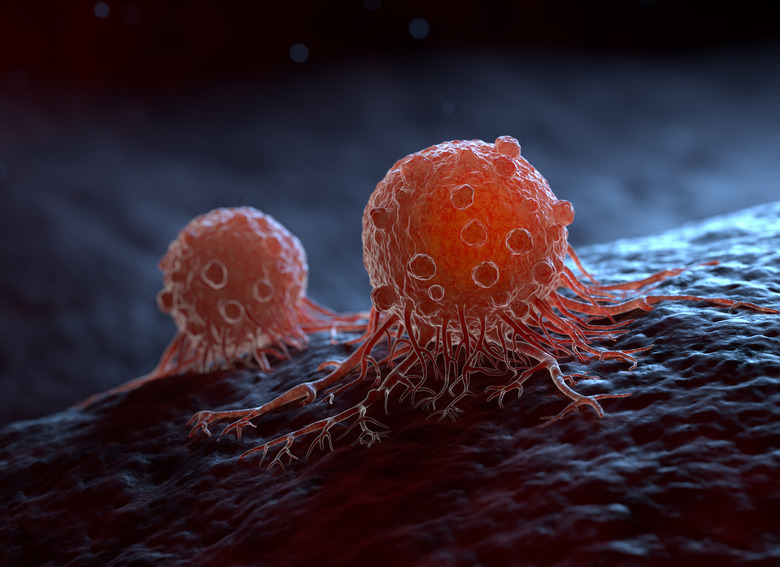Revolutionary New One-Second Cancer Treatment Could Replace Radiation
Cancer treatment is on the brink of a revolution, and at the center of it all is an innovative approach called Flash radiotherapy. This ultra-fast cancer treatment delivers radiation in less than a second, offering hope for safer and more effective care.
Traditional radiotherapy is a cornerstone of cancer treatment. It typically involves exposing tumors to radiation over several minutes across dozens of sessions. While effective, this method often damages healthy tissue surrounding the cancer, especially in sensitive areas like the brain.
Flash radiotherapy flips the script by delivering ultra-high doses of radiation in milliseconds, targeting tumors with unprecedented precision while sparing healthy cells. Marie-Catherine Vozenin first demonstrated this ultra-fast cancer treatment in the early 2010s and has shown remarkable success in animal studies.
Experiments revealed that Flash eliminates tumors and significantly reduces harmful side effects, such as impaired organ function or developmental delays in pediatric patients. Flash's ultra-fast approach allows oncologists to use higher doses of radiation, increasing the chances of destroying stubborn cancers.

Human trials are already underway, showing promise for treating metastatic cancers and complex tumors, like glioblastomas and recurrent head-and-neck cancers. These conditions are notoriously challenging, with limited treatment options and significant risks of damage to healthy tissue, so an ultra-fast cancer treatment might be the best option.
Proton therapy, which is a type of particle-based radiotherapy, has emerged as a frontrunner during these Flash trials. Protons penetrate deep into the body, making them ideal for treating internal organs without affecting nearby healthy tissue. However, researchers are also exploring alternatives like electrons and carbon ions to expand the applications.
Currently, the biggest hurdle is accessibility. Flash treatments require advanced particle accelerators, which are large and costly—there are only 14 facilities in the world capable of running one. If we can create smaller, more affordable accelerators, though, this ultra-fast cancer treatment could become one of the best ways to treat multiple types of cancer.
